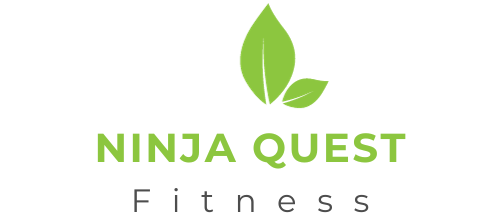Ever felt like you’re gasping for breath in the whirlwind of life’s stresses? Perhaps, it’s time to explore the calming power of yoga breathing techniques. Known as pranayama, these practices have been a core part of yoga for centuries, believed to harness the body’s life force for improved health and well-being.
From slowing your heartbeat to lowering blood pressure, these techniques offer a myriad of benefits. Some even suggest that they can enhance the quality of life for those battling severe health issues. So, whether you’re a seasoned yogi or a curious beginner, knowing and mastering these breathing practices could be a game-changer for your wellness journey. Let’s find out the yogic breath potential benefits, and different techniques to try.
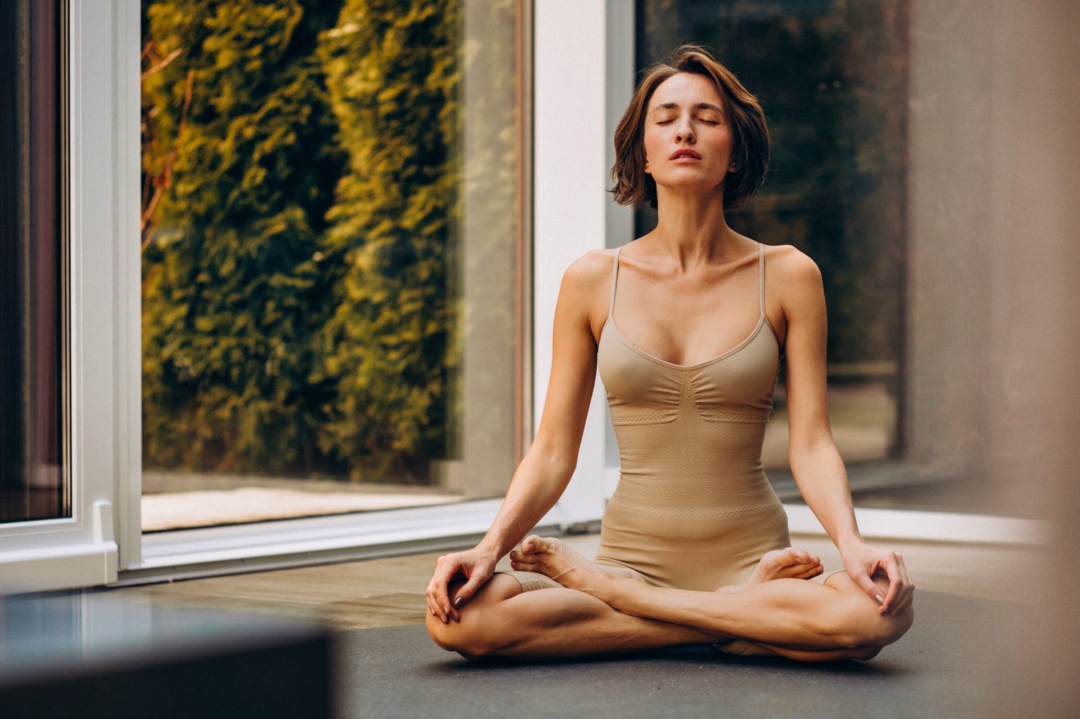
Contents
- 1 10 Best Yoga Breathing Techniques You Must Know
- 1.1 1. Ujjayi Pranayama (Ocean Breath):
- 1.2 2. Anulom Vilom Pranayama (Alternate Nostril Breathing):
- 1.3 3. Kapalabhati Pranayama (Skull Shining Breath):
- 1.4 4. Bhramari Pranayama (Bee Breath):
- 1.5 5. Sitali Pranayama (Cooling Breath):
- 1.6 6. Dirga Pranayama (Three-Part Breath):
- 1.7 7. Surya Bhedana Pranayama (Right Nostril Breathing):
- 1.8 8. Sheetkari Pranayama (Hissing Breath):
- 1.9 9. Nadi Shodhana Pranayama (Channel Cleaning Breath):
- 1.10 10. Bhastrika Pranayama (Bellows Breath):
- 2 Frequently Asked Questions
10 Best Yoga Breathing Techniques You Must Know
Yoga breathing techniques, or pranayama, play a crucial role in the practice of yoga, influencing not only physical health but also mental well-being. Here are 10 essential yoga breathing techniques that every practitioner should know:
1. Ujjayi Pranayama (Ocean Breath):
- Technique: Inhale and exhale deeply through your nose while constricting the back of your throat to create a soft ocean-like sound on each breath.
- Benefits: Ujjayi Pranayama is effective for calming the mind and warming the body. It helps increase oxygen flow and regulates blood pressure, making it ideal for maintaining focus during yoga practice and reducing stress.
2. Anulom Vilom Pranayam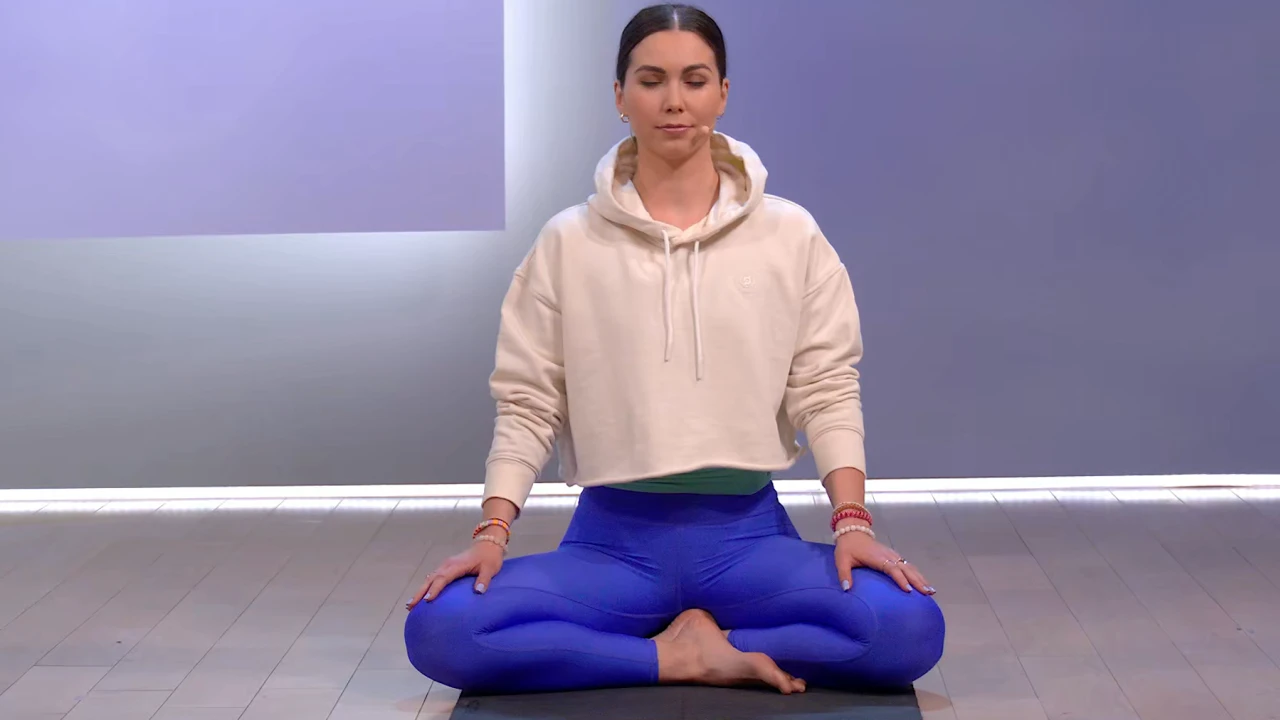 a (Alternate Nostril Breathing):
a (Alternate Nostril Breathing):
- Technique: Use your thumb and ring finger to alternately close each nostril. Inhale through one nostril, close it, then exhale through the other, and repeat the cycle.
- Benefits: This technique helps improve respiratory strength and endurance. It is known for balancing the nervous system, enhancing mood, and purifying the nadis (energy channels) which can lead to improved energy levels and mental clarity.
3. Kapalabhati Pranayama (Skull Shining Breath):
- Technique: Sit in a comfortable seated position. Focus on quick, forceful exhales initiated by powerful abdominal contractions, with passive inhales.
- Benefits: Kapalabhati is energizing and cleansing. It is known for its ability to clear the sinuses, improve digestion, and energize the mind. It’s often recommended in the mornings or during sluggish moments for an energy boost.
4. Bhramari Pranayama (Bee Breath):
- Technique: Close your ears with your thumbs, place your fingers over your eyes, take a deep breath in, and make a high-pitched humming sound like a bee during the exhale.
- Benefits: Bhramari relieves stress and cerebral tension, helping reduce anxiety and anger. It is excellent for calming the mind before sleep or meditation.
5. Sitali Pranayama (Cooling Breath):
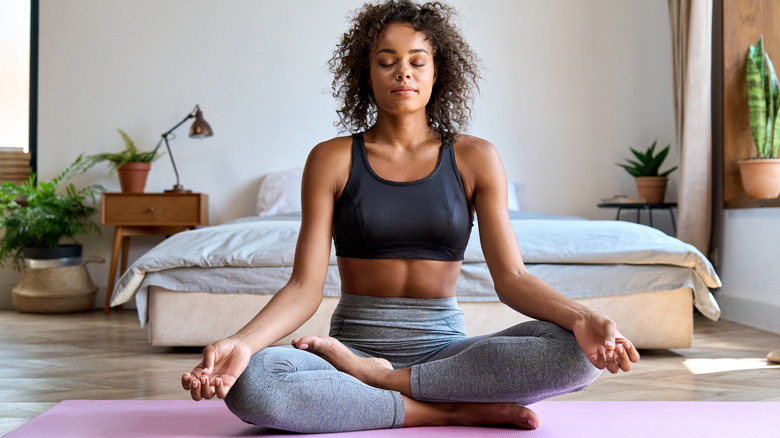
- Technique: Curl the tongue lengthwise and protrude it slightly past the lips. Inhale through the tongue like a straw, then exhale through the nose.
- Benefits: Sitali cools the body, adds moisture to the system, and soothes a pitta imbalance. It’s beneficial during hot weather or after heated physical activity.
6. Dirga Pranayama (Three-Part Breath):
- Technique: Inhale deeply into your abdomen, ribcage, and upper chest, then exhale slowly, reversing the order.
- Benefits: This breathing promotes full and complete breathing, increases oxygen supply to the blood, and helps keep the mind calm and focused.
7. Surya Bhedana Pranayama (Right Nostril Breathing):
- Technique: Close the left nostril and inhale through the right nostril, then close the right nostril and exhale through the left.
- Benefits: This technique is said to activate the solar plexus, increase warmth in the body, and improve digestion and vitality.
8. Sheetkari Pranayama (Hissing Breath):
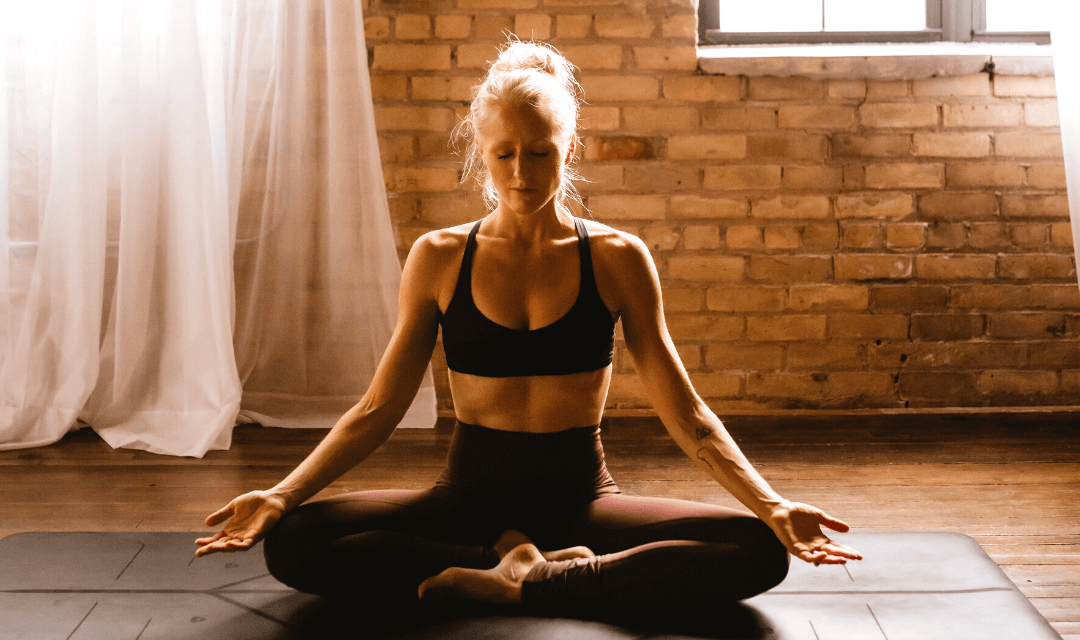
- Technique: Open your mouth slightly, press your teeth together, and inhale through the teeth, then close the mouth and exhale through the nose.
- Benefits: Like Sitali, Sheetkari cools the body, calms the mind, and soothes the digestive system.
9. Nadi Shodhana Pranayama (Channel Cleaning Breath):
- Technique: Similar to Anulom Vilom but with a mental focus on balancing the energy channels throughout the body.
- Benefits: This pranayama purifies the subtle energy channels, thereby ensuring smooth flow of prana through the body. It reduces stress and anxiety, and is beneficial for respiratory-related issues.
10. Bhastrika Pranayama (Bellows Breath):
- Technique: Take quick, deep breaths through the nose, actively using the diaphragm to rapidly fill and empty the lungs.
- Benefits: Bhastrika increases blood circulation, energizes the nervous system, and clears the mind. It is particularly useful for clearing phlegm and congestion in the airways.
Frequently Asked Questions
What is pranayama in yoga?
Pranayama is the practice of controlling the breath in yoga, believed to harness the body’s life force. Techniques include regulating length and speed of breaths and holding the breath, which can help improve overall wellness.
What are the benefits of pranayama?
Pranayama offers various health benefits. Practices can slow the heartbeat, lower blood pressure, increase oxygen consumption, enhance cardiovascular endurance, and decrease stress levels. However, a yoga expert or healthcare provider’s guidance is essential.
What are some examples of pranayama techniques?
Examples of pranayama techniques include Ujjayi, Nadi Shodhana, Kumbhaka, Kapalabhati, Bhastrika, and Bhramari. Each has unique benefits and can be personalized to an individual’s health needs and capabilities.

Hello, I’m Ravindra. Over the years, I’ve immersed myself deeply into the world of fitness and health, transforming both my body and mind. Writing has allowed me to share my journey, insights, and expertise with those just starting out and seasoned fitness enthusiasts alike. Beyond just routines and diets, I believe in inspiring others to adopt a holistic approach to well-being.
